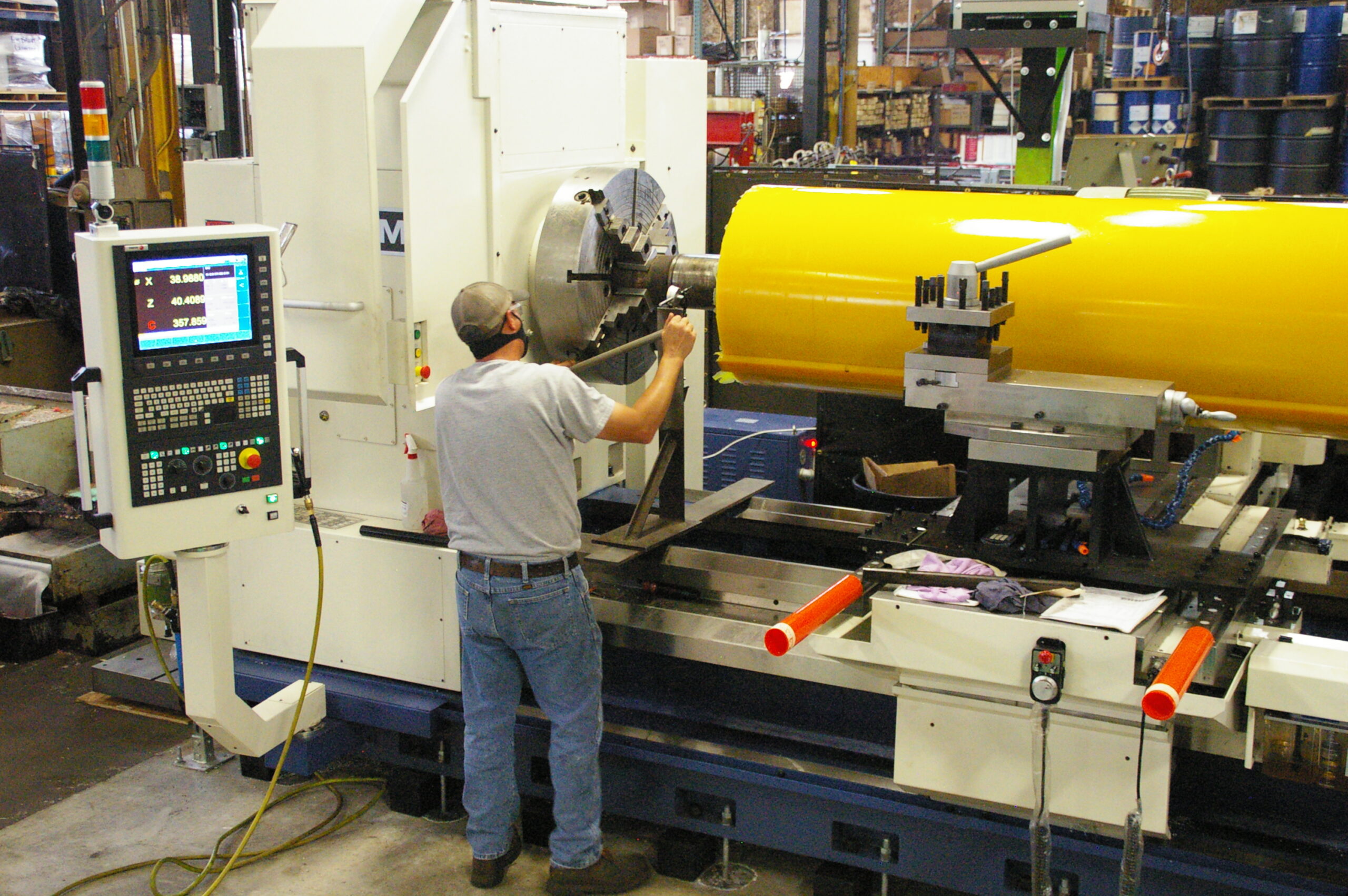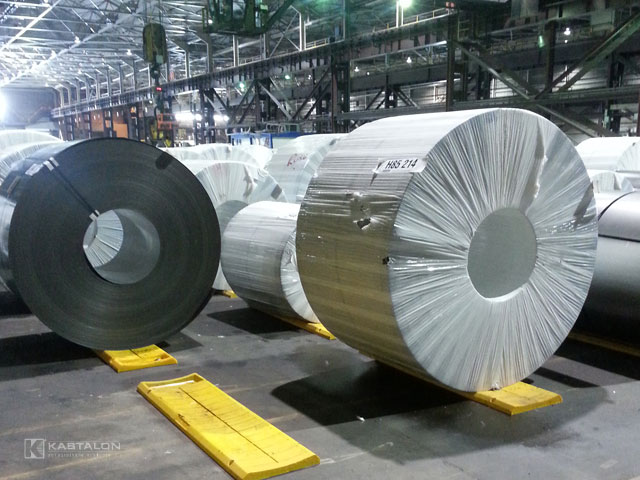Increasingly, competitive markets are pushing tube makers to reduce costs while improving quality.
The surface and edge condition of incoming coils has a significant impact on processing cost and quality. Scratch-free surfaces are important when processing polished, plated, or painted tube. However, scratches also can lead to weaknesses in the tube wall. This can be important for pressure tubing as well as mechanical tubing. Stresses can concentrate along scratches in mechanical tubing that is bulged or formed. Scratches can also concentrate stress in pressure tubing and create a weakness in the wall. This consideration is more critical for nonferrous materials.
Incoming material with a poor edge condition can lead to increased cost because of additional reprocessing, reduced yield, inspection cost, and the general inconvenience of returning the material and seeking credit for defective material from suppliers.
Producing, rolling, and processing coils influence its surface and edge condition. Surfaces and edges can also be compromised when they are handled during basic processes such as slitting, painting, annealing, and rolling.
Coil handling and protection also influence surface quality. This article examines typical problems in coil handling and how to maintain quality stock on the warehouse and mill floor.
Coil Handling Challenges and Answers
Beginning with the final stage of production, the finished metal surface is vulnerable to damage. Worn bridle, passline, pinch, tension, or other rollers that contact the metal as it is rolled can scratch surfaces. Slippage through or across rollers also contributes to scratching. To prevent slippage, these rollers can be covered with materials that provide traction and are softer than the metal, including rubber, polyurethane, and plastic .
Winding. Another potential source of damage is the expanding mandrel used to hold the coil while it is unwound and rewound during processing. These mandrels open and close when loading and unloading coil. To make this movement possible, the mandrel has segmented leafs that have gaps between them when expanded. The edges of these leafs can mark the inside of the coil.
When the metal is wound, it may bend at the edge to wind in a straight line to the next leaf edge. This is a condition called reel break. These breaks can print through many wraps before they soften enough to stop deforming the metal. In some severe cases, breaks can cause damage extending as much as 1/2 inch into the coil, potentially resulting in the loss of a 1-inch thick portion of metal out of the coil eye.
Excessive mandrel wear causes the leafs to get out of level and exacerbates reel breaks. Rubber or polyurethane sleeved (also call boots) can be used to minimize or eliminate this damage. A mandrel sleeve cushions the edge of the leaf and distributes the bending force over a wider area, helping to eliminate plastic deformation of the metal.
Storage and Transportation
Once the coil is wound, it must be removed from the mandrel, moved to storage, stored, and transported. Large, basic coil producers and processors generally have automated handling systems, coil cars, and conveyors. These units remove the coil from the mandrel and transfer it to a station, where more traditional equipment, such as C-hooks, ram trucks, and coil tongs, are used to move the coil.
Various flat pads or cushions may be attached to the coil contact areas. These are usually made of rubber, polyurethane, plastic, or some other material that is softer than metal.
When the coil is removed from the conveyor, forklift/ram trucks, C-hooks, or tongs are usually used to transport the metal. These devices can damage the coil’s edges. One mishap, such as a bump, can severely damage the entire edge of the coil. The only way to correct this damage is to slit the coil to a narrower width. However, this requires additional processing and wastes material. This waste can be substantial, depending on the amount of trim required to reach the next usable coil width.
The best method of protecting the metal during these operations is to cushion the areas contacting the coil, such as the sides and the back sides of the transport devices.
When coils are stored, stacking is not recommended. However, when space limitations make stacking a must, coils should be stored not more than three high because the weight on the bottom coil can deform it and make it square. This usually renders the deformed coil scrap.
Prepainted, coated, polished, or soft metals may need further protection when stored.
Coils can be stored in pads or racks when floors are wet, dirty, debris-covered, uneven. These devices isolate the coils from the floor and help prevent damage caused by hard set-down or placing coils on debris (which can dent the material).
Cost of Quality
Whenever and wherever coils are handled, damage can occur. Incurring or repairing damage, either at a vendor’s facility or at a tube mill, adds cost and compromises quality.
When reviewing processes or auditing suppliers, tube manufacturers should consider these problems and their simple resolutions. Excess cost anywhere in the supply chain adversely affects everyone’s bottom line.
Al DiZanni is a Field Sales Engineer specializing in steel handling and steel processing from Kastalon, Inc., 4100 W. 124th Place, Alsip, Illinois 60803, phone 708-389-2210, fax 709-389-0432, Website: www.kastalon.com
Kastalon is a manufacturer of polyurethane coil storage, handling, and protection products.
This article originally appeared in an issue of TPJ, a FMA Communications, Inc publication.




